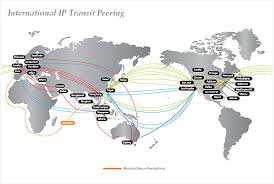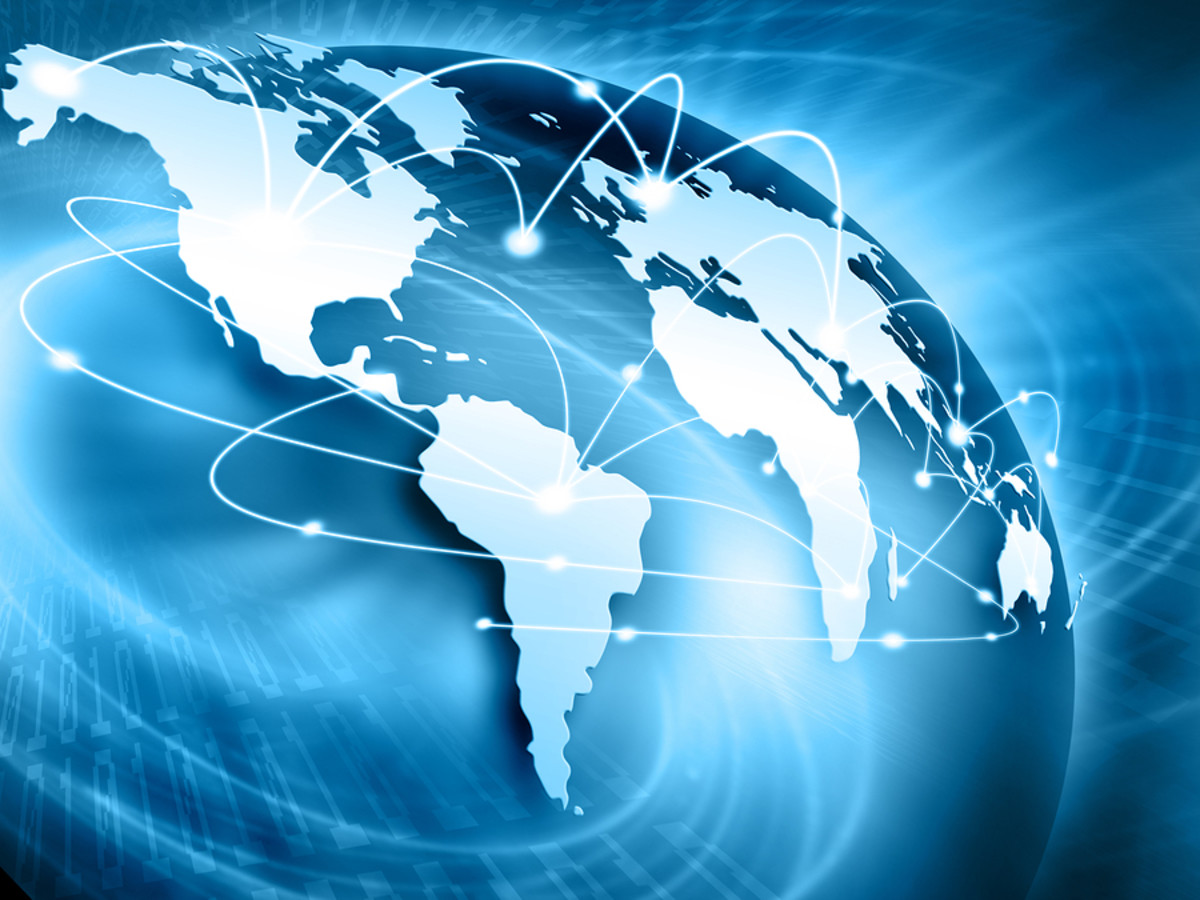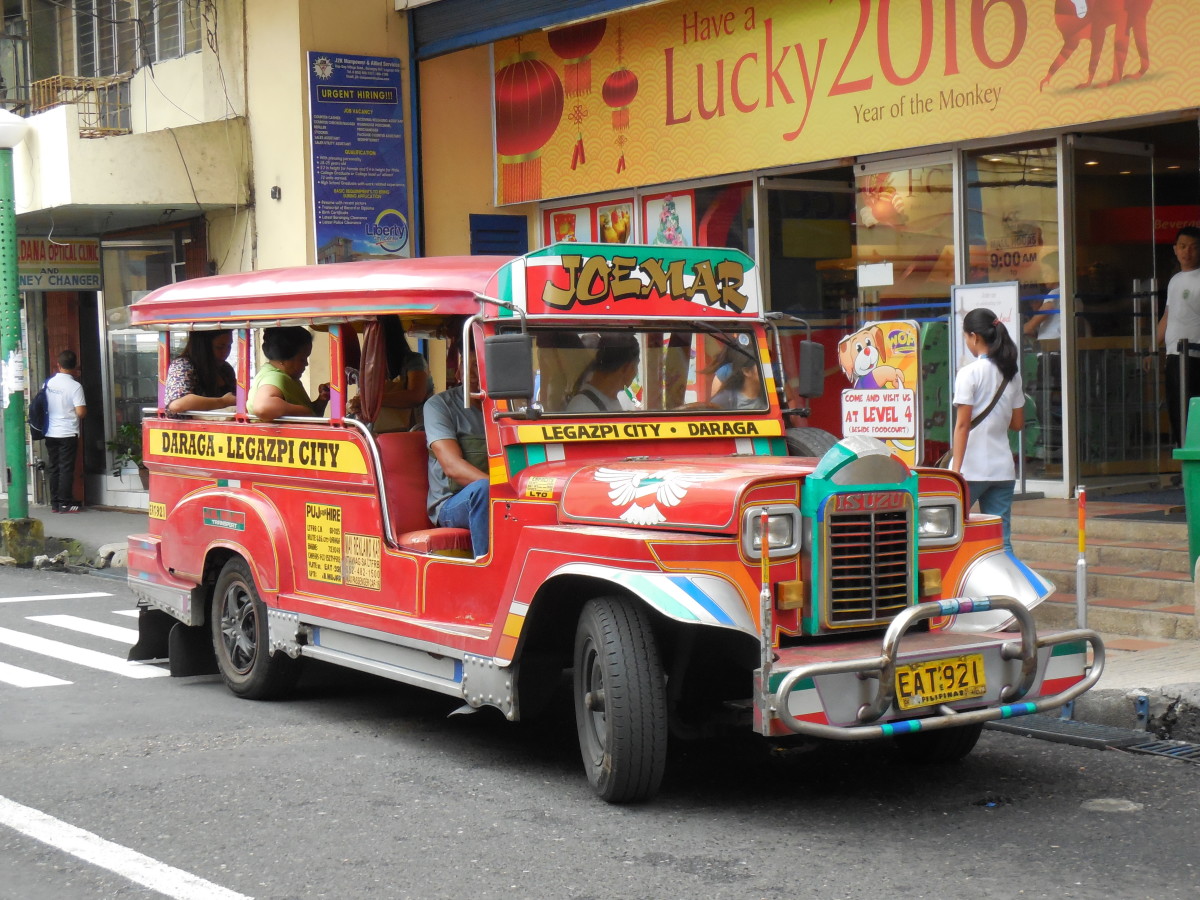Philippine Internet: Pay More For Less

In 2011, the United Nations declared that access to the Internet was a basic human right. That sounds like a bit far-fetched, but is how things have changed since it began becoming popular in 1994. Back then, it was difficult to send an email with a photo attached or document. Back then, the Web was just a little kid, a novelty whose door opened up another world into the unseen. It was amazing. But, it’s come a long way, baby, since then.
The Philippines first connected its Internet in 1994 via Sprint in the USA. This link was 64 kbps. In 1995, the country allowed the general public access. Today, the country averages 5 Mbps for $40, or 2000 peso a month. But, the average real speed is 2.5 Mbps. This makes it nearly the worst Internet for the money in the world (there is India, Afghanistan, that are worse).
While there are over 10 Internet providers for the 7000 islands, many of them subsidiaries or owned by a few major companies like, Globe, Philippine Long Distance Telephone (PLDT), which are covering major urban areas. For instance, Smart ISP is owned by PLDT, and Bayan ISP is owned by Globe. These are major players and the small ISPs need to access their infrastructure to complete the connection, all for a fee. According to industry data, the Philippines’ TD-LTE network is one of the largest deployments in Asia Pacific with over 200 base stations and an allocated bandwidth of 100 megabits per second (Mbps), which began in 2013.
When Telstra, the Australian ISP giant, wanted to join with San Miguel Corporation, the Philippines biggest employer, to bring fast Internet after spending billions of dollars over 4 years, the deal fell through because of PLDT and Globe ISP, which dominate the market. The two ISPs’ stores across the country that rely on the foot traffic and income generated by selling Globe and PLDT SIM cards would ban San Miguel's telco products. Their cell tower sites would be locked up for use, preventing any sharing of resources to Telstra. Both, Globe and PLDT planned court battles throughout the land in an effort to stop San Miguel/Telstra from using its spectrum assets, without which the broadband would cease to flow. Besides, these blocking tactics by Globe and PLDT, Telstra knew of the corruption within the Philippines and had the deal gone through, hoped for the best. It was willing to take a chance to improve Internet in the Philippines. PLDT also blocked San Miguel allocated bandwidth when it wanted to enter the Internet market as an ISP. San Miguel was assigned 90% of an “attractive,” available 700 megahertz spectrum, yet because of PLDT, it was tied up in court.
PLDT and Globe are major players for ISP. PLDT is the worse. They continue to refuse to have and allow IP Peering, which would greatly improve the overall speed across the country because it shares routing and data through its infrastructure. Since it is a major player, much of the country’s Internet uses it. Globe is very protective of its Internet resources that many small ISPs need to function. These smaller ISPs pay Globe for the access. But even these ISP players face long delays in getting a myriad of federal and local permits just to build a tower. It takes many months for the slow process and then the land must be secured and so on.
Perhaps, the new president, Duterte, will be forceful and demand the numerous roadblocks to faster Internet are eliminated and force the major players to cooperate for the good of the country. Until then, it remains one of the worst values.








